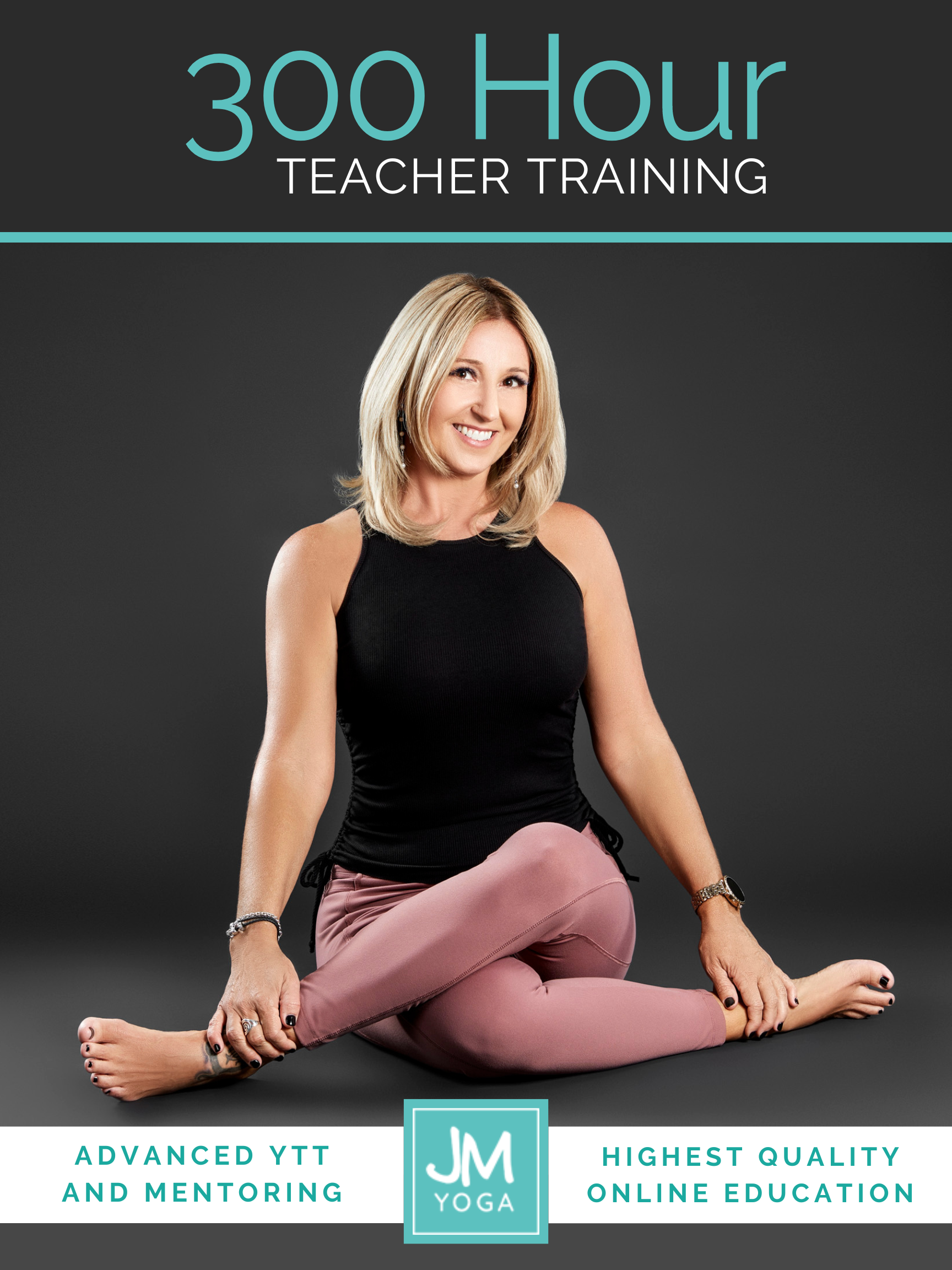120 Minutes of Yin Yoga 1 x Per Week As a Non-Pharmacological Intervention for Anxiety
Welcome to our latest podcast episode, where we dive into the following research paper: The effect of yin yoga intervention on state and trait anxiety during the COVID-19 pandemic. This study, published in Frontiers in Psychiatry in March 2024, offers valuable insights into how a 10-week yin yoga program impacted participants’ anxiety levels. Join us as we explore the following key topics.
Understanding anxiety before determining how yoga may help
- Anxiety is a psychological, physiological, and behavioral state triggered by perceived threats to emotional security and survival.
- Anxiety can be a temporary response to an event (state anxiety) or it can be a reflection of one’s personality (trait anxiety).
Global events that contribute to anxiety, and why we need yoga now more than ever
- The pandemic significantly influenced mental health, increased anxiety disorders, and created challenges of remote work.
- The role of physical and mental exercises, particularly yin yoga, as an effective non-pharmacological intervention in alleviating anxiety and enhancing well-being.
What the research says about yoga and anxiety
- We cover the major details of this study conducted in Latvia during the COVID-19 pandemic, focusing on the effects of Yin yoga on state and trait anxiety among women.
- We discuss the introduction and methods of this observational study with no control group.
The Study at a Glance
The study focused on a group of women aged 22 to 55, all of whom were experiencing heightened stress due to the pandemic. However, the participants were selected based on specific criteria, they couldn’t have a formal diagnosis of depression or anxiety, and they couldn’t be on medication or have had COVID-19. The program involved one 120-minute yin yoga class per week, conducted over Zoom, which included breathing exercises, meditation, and what the authors described as “fascial stretching.”
One interesting aspect of the study was that it listed the yoga poses used in the sessions, which included butterfly, deer, squat, child’s pose, and savasana, among others. This level of detail is rare in yoga research and provides a clear framework for repeating the study in the future.
Key Findings
The study measured anxiety levels using the Spielberger State-Trait Anxiety Inventory, a self-reporting tool. The researchers conducted these measurements immediately after each class and at the end of the 10-week program. The results showed a significant reduction in both state anxiety (a temporary reaction to stress) and trait anxiety (a more constant feature of personality) among participants.
Beyond the Methods: The Power of Research Introductions
While the methods and results of the study are straightforward, what I found particularly valuable was the study’s introduction. It offered clear, concise definitions of psychological terms related to anxiety, which I found educational. For someone like me, who doesn’t typically work within the psychological framework, this was a great way to deepen my understanding.
I also appreciated the paper’s focus on non-pharmacological interventions for anxiety, a growing area of interest in research. Yoga is often highlighted in this context, alongside other activities like exercise and walking, as potential ways to manage anxiety without medication.
A Word of Caution: Interpreting Research Results
While the study’s results are promising, it’s important not to overstate them. The conclusion that “yin yoga reduces anxiety” is too broad. The study didn’t compare yin yoga to other activities, such as walking, reading, or even cooking (which, funnily enough, was a popular stress-relief activity during the pandemic). Without such comparisons, we can’t definitively say that yin yoga is the best or only non-pharmacological intervention for reducing anxiety.
This is a common issue in how research findings are communicated, especially on social media. It’s easy to see a headline and make broad conclusions, but true understanding requires a deeper look at the study’s design, methods, and limitations.
Why Discussing Research Matters
Talking about studies like this one helps us all become better consumers of research. Understanding the methods, recognizing the limitations, and interpreting the results correctly are skills that take time to develop. As Ariana pointed out, revisiting concepts like effect size and p-value helps reinforce our understanding and application of these ideas.
In this series, our goal is to help you feel more confident in reading and understanding research. Whether you’re a seasoned yoga teacher or someone new to these concepts, we hope to make research more accessible and engaging.
We’ll continue to explore different studies in future episodes, diving into various aspects of yoga research and how it can inform your teaching and practice. Stay tuned, and we look forward to continuing this journey together!
Extend Your Learning: Advanced Yoga Teacher Training with Jules Mitchell
This program is ideal if you have an interest in biomechanics, principles of exercise science, applications of pain science, neurophysiology, and stretching. These themes are combined with somatics, motor control theory, pose analysis and purpose, use of props for specific adaptations, pathology, restorative yoga, and intentional sequencing.
You will learn to read original research papers and analyze them for both their strengths and their biases. Critical thinking and intellectual discourse are central components in this training, which was designed to help teachers like you navigate through contradictory perspectives and empower you with education. Learn more >

